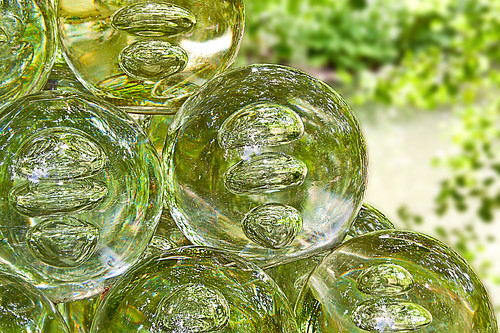A photography definition? The ramblings of a madman…
A photography definition is not easy. What we do with a camera is record part of the world where we point the lens. Right? Then again, you probably realise that is not true. Especially if you have been reading this blog for a while.
The lens does not faithfully record the world. The picture is always slightly distorted. Numerous technical processes are involved in the translation of a scene into a picture. These each add their own distortions and variations on the original scene. The unique approach taken by the photographer in framing the shot creates its own view of the world too. That view will be different to the next man. The perceptive filter of the viewer also affects what is seen. What is finally conjured up is an image beyond the mere recording.
So, what on earth is this thing we call photography? It certainly is not a mere technical record. Nor is it a simple interpretation of a scene. Those two roots are important. They are not the full story for a real photography definition.
Toward a good photography definition
I noticed I had not written a definition of photography in the “Photographic Glossary“. The latter is a collection of articles which has gradually grown with this blog. It’s now a good intro and background to a wide range of words, phrases, concepts and items of equipment. It is still growing. It’s on the menu at the top of every page. Or you can click this image and go there now…
![]()
I wrote a definition of photography. In it I followed the conventions of most dictionaries. But there is more to a photography definition than technical sufficiency.
Meaning?
While researching a definition for “photography” I came across a whole range of explanations. They amounted to descriptive statements about:
- derivation of the words related to photography;
- the photographic act;
- processes involved in doing photography;
- post production processing of the image;
- The history of the subject
- the technical issues;
- prediction about the future.
This is all interesting stuff. However, I found it sterile.
It is important for ‘meaning’ to be attached to feeling. A technical description of the process of photography (film or digital) is interesting but devoid of personal meaning. I am a committed photographer. I love to do photography and I invest a huge part of my life in its pursuit. To me it is not a technical process, although I go through a technical process to “do photography”. It is not just the statement about the meaning of a word (see – Definition: photography). Neither is it simply a picture. I am hoping that my picture will stimulate a living, three dimensional image in the mind of my viewers. If that happens then I will have created powerful image for them. That will be a successful image.
Photography is an attempt by the photographer to communicate with the viewer. Each picture may lie somewhere on the continuum between a “record” of the world and an “interpretation” of the world. No matter which end of that continuum the picture lies, it speaks to the viewer in a unique way.
My thinking…
I spent several hours trying to bring life to a photography definition. Through the technical mambo-jumbo, physical processes, history and so on, not one article adequately described our passion. So I resorted to trying to sum up how I feel. Here is what my photography definition is about…
Photography attempts to capture a view of the world with which the photographer communicates their particular meaning and perspective of a scene through a picture and, which if successful, will create a vivid, living image in the mind of the viewer.
Damon Guy, 09/06/2013 – Towards a good photography definition.
I expect to be shot down. What does “photography” mean? You tell me. Have you got a good photography definition?
Comments, additions, amendments or ideas on this article? Contact Us
or why not leave a comment at the bottom of the page…
Like this article? Don’t miss the next — sign up for tips by email.
Photokonnexion Photographic Glossary – Definitions and articles.
Definition: Photography.
Related links of interest
Photography History – Part One (and from there the other five parts).
Definition: Abstract Photography
Abstract Resources on Photokonnexion

Damon Guy (Netkonnexion)
See also: Editors ‘Bio’.
By Damon Guy see his profile on Google+.



